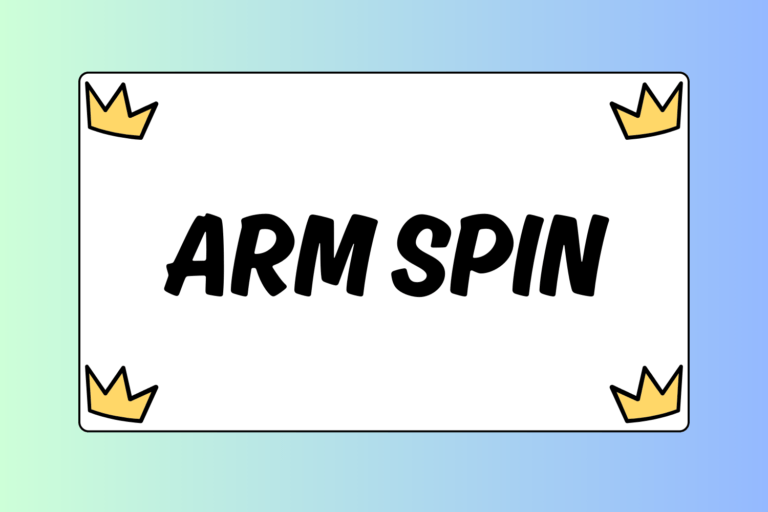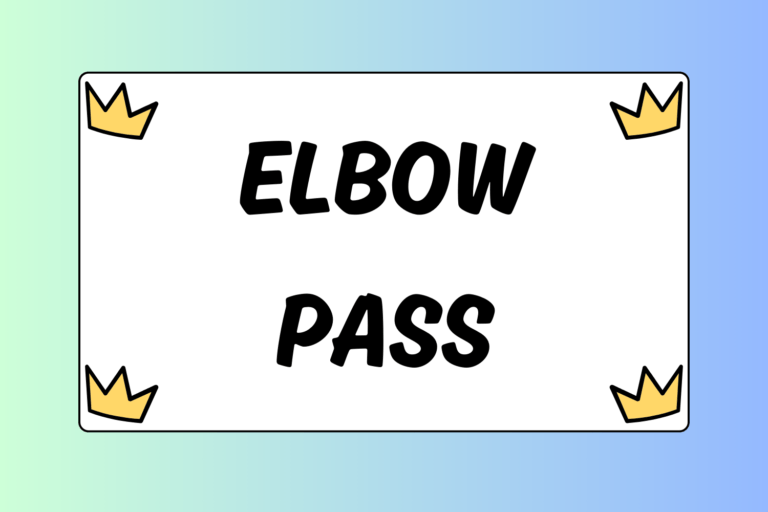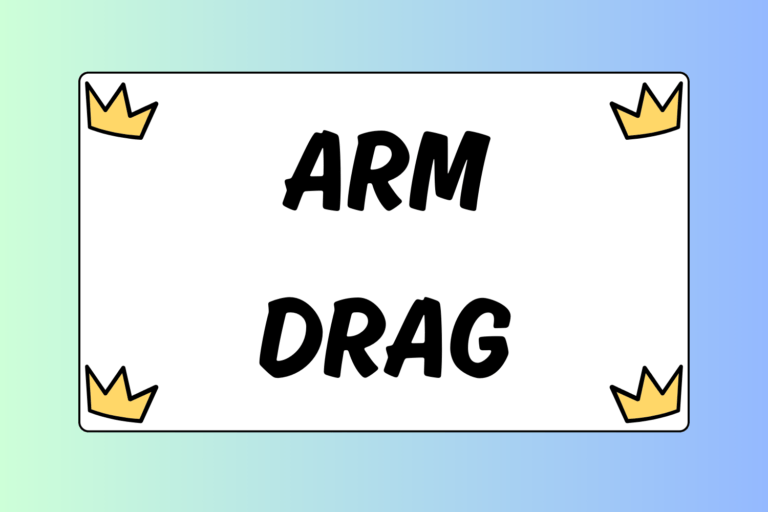The front headlock is one of the most common moves in wrestling. You’ll see this technique used in almost every match and in every style. This is mainly because the front headlock allows you to turn a defensive position into an offensive position you can score from. This guide will teach you how to get into the front headlock in two different ways. The first is when you opponent shoots on you, and the second is from the neutral position.
From Your Opponent’s Shot
When an opponent attacks, you’ll be ready. Putting your opponent in a front headlock when he shoots on you will turn his defensive technique into an offensive opportunity for you to score.
1. Sprawl & Down-block
In order to get into a proper position to take control of your opponent’s upper body, sprawl your legs back and down-block. That is, straighten your arm downward and towards the floor as your opponent shoots. This will typically be the arm on the same side of your body that you’re hipping down with on the sprawl. By down-blocking, you’ll be able to defend against your opponent’s takedown by using your arm to block out his shoulder. Down-blocking will also put your arm in position to control your opponent’s head.
2. Control the Head
As you sprawl, keep your chest in contact with your opponent’s back. Try to keep your body over your opponent’s head in order to keep his head down — this will allow easier control of his head. Wrap the arm you used to down-block around your opponent’s head and grab his chin. The shoulder of this arm should be in contact with his upper back, just below the neck. Keep your legs and hips back to keep a steady pressure on your opponent. This will help you maintain control.
Hot Tip: Watch the Choke
Referees will be closely observing the arm you have around your opponent’s head to watch for and prevent choking. You do not want to choke your opponent. When wrapping your arm around his head, be conscious of where you keep your arm. Try not to put unnecessary pressure on your opponent’s throat.
3. Control the Arm
With your free arm, control your opponent’s nearest arm. That is, if you’re using your right arm, you will control his left. There are many different ways you can do this; however, one of the most basic and effective ways is to pull his arm upwards at his elbow:
- Use your hand to grip the bend of his elbow from underneath the arm. Your thumb should be to the outside of his arm with your palm facing you.
- Once you have the grip, keep your elbow in and pull his arm up and off of the mat so that your opponent can no longer use it to defend or support his own weight.
- Stay on your toes with your knees off of the mat to keep pressure on him. From here, look to score.
Snap-down to a Front Headlock
There may be times that you want to put your opponent in a front headlock to get your offense going. This will typically be when you’re in the neutral position. To accomplish this, you will need to snap your opponent down into a front headlock. Here are the basics of getting into your front headlock while you’re still on your feet.
1. Tie Up
Initiate a collar tie on your opponent. Make sure you start the tie with the arm that’s on the same side of your body as your trail leg. By doing this, you’ll still be able to defend your lead leg. Tie up your opponent’s head and some part of his arm. From the neutral position, it doesn’t matter which of his arms or which side of his body you control.
2. Snap
With the arm that you’re using to control the tie, snap him down and towards you. Do this by moving your hand just below the base of his skull (at the top of his neck), then snap down. This will make it extremely difficult for him to keep his head up to defend against the snap-down.
As you do this, you’ll use your other arm (the one that’s controlling his arm) to pull his body towards you. Grasp your opponent from behind his arm so that you’re gripping high in on his triceps (almost in the armpit) — this will give you a good handle to grip and pull his body.
Hot Tip: Use Your Chest
It is more difficult to snap down stronger or heavier opponents. For a little added strength and leverage, cover your opponent’s head and shoulders with your chest as you snap. This will prevent him from bringing his head and upper body back up as you keep your weight on top of him, and you’ll snap him to the mat with more ease.
3. Control the Head
As you snap your opponent down, you must use one of your arms to maintain control of his head. Do this by snapping your opponent’s head into one of your armpits. While it doesn’t matter which armpit you snap his head into, the most common way to do this is to snap your opponent’s head into the armpit of the arm that you’re using for the snap-down.
For example, if you used your left arm for the snap-down, snap his head into your left armpit. But, you can snap your opponent’s head into your opposite arm’s armpit as well.
4. Maintain Control
From here the principle is the same as if you were getting into a front headlock from your opponent’s shot:
- Cup your opponent’s chin with the arm you’re using to control his head.
- With your free arm, scoop your opponent’s elbow up to keep him from using his tied up arm.
- You may choose to keep the front headlock while standing. But, if you want to take your opponent to the mat, move your feet backwards to create space between your bodies. As you do this, use the control you have around your opponent’s head and arm, apply pressure to his shoulders neck, and pull him down to the mat.
Use it or Lose it!
The front headlock is one of the most invaluable techniques in all of wrestling. Knowing how to get into this position will keep you in a good defensive position while giving yourself opportunities to score on offense. If you don’t know how to use this technique, you’re missing out on big points! Once you have mastered getting into the front headlock you can work on scoring with it. Check out our guide titled How to Score with a Front Headlock if you think you’re ready for the next step. Now get out and practice!





